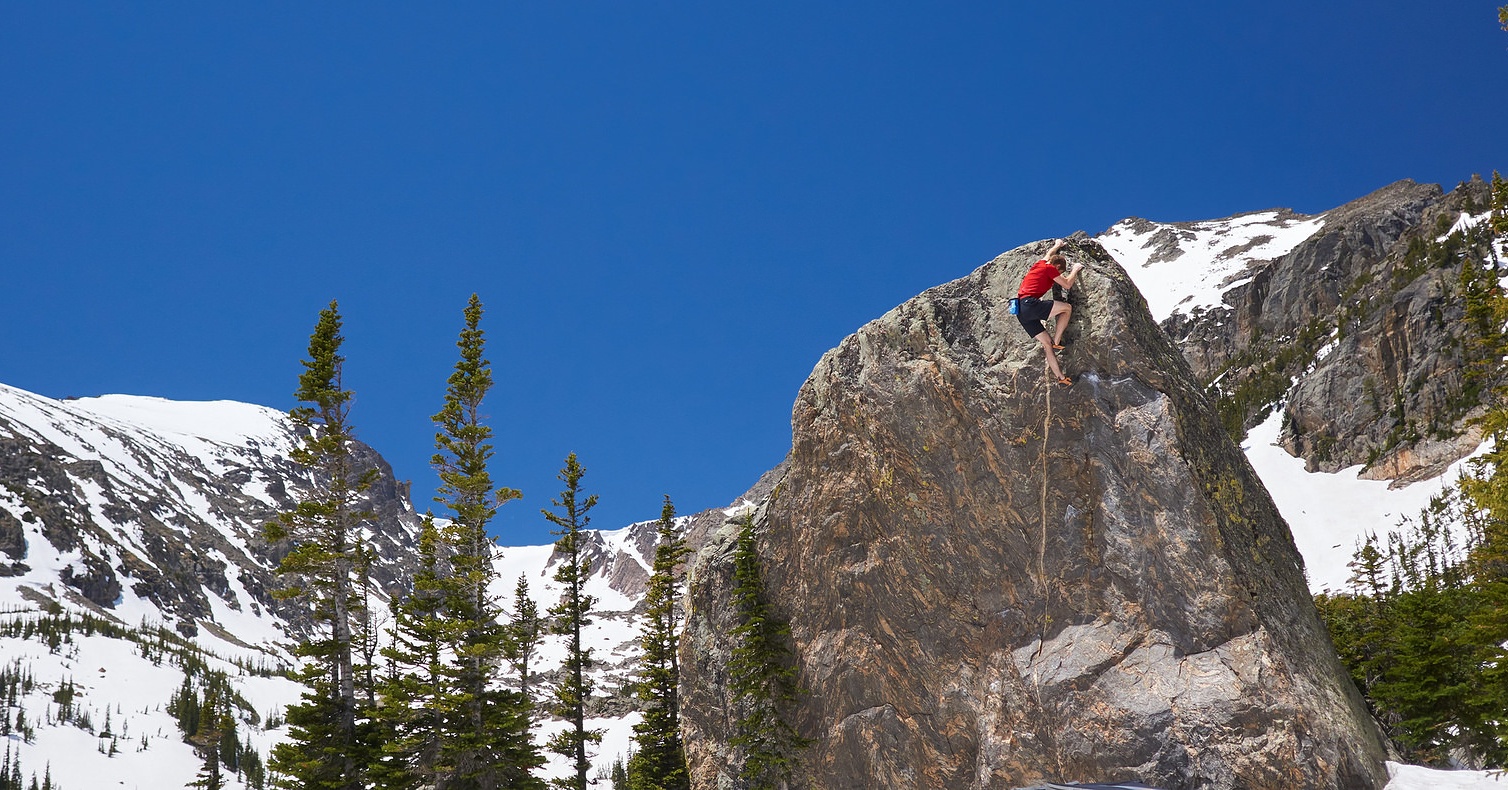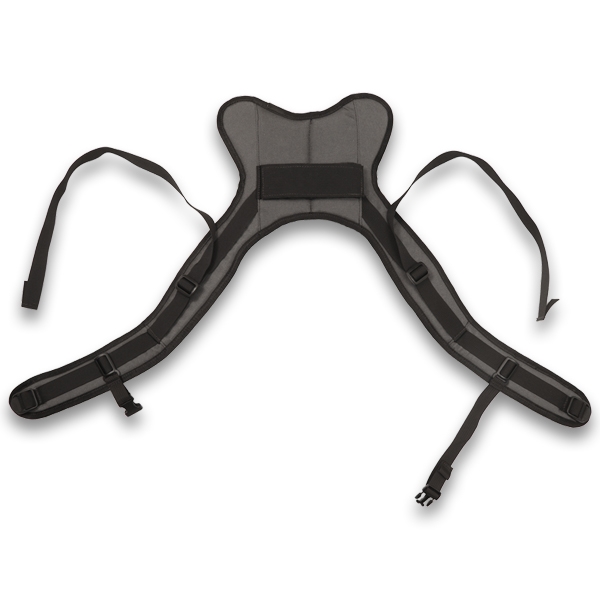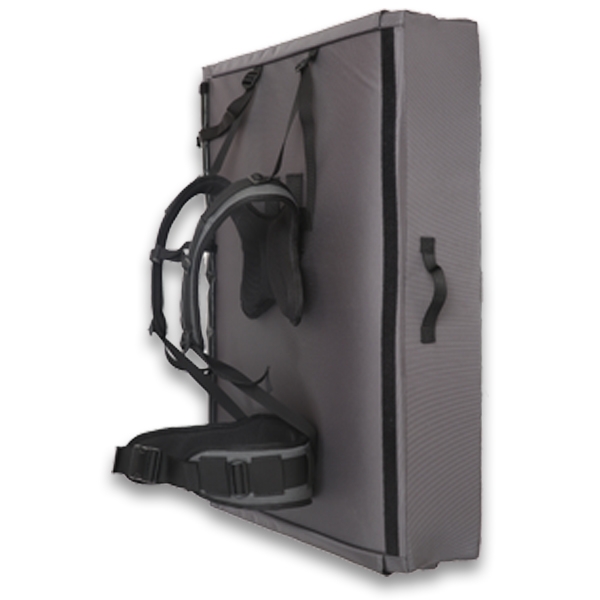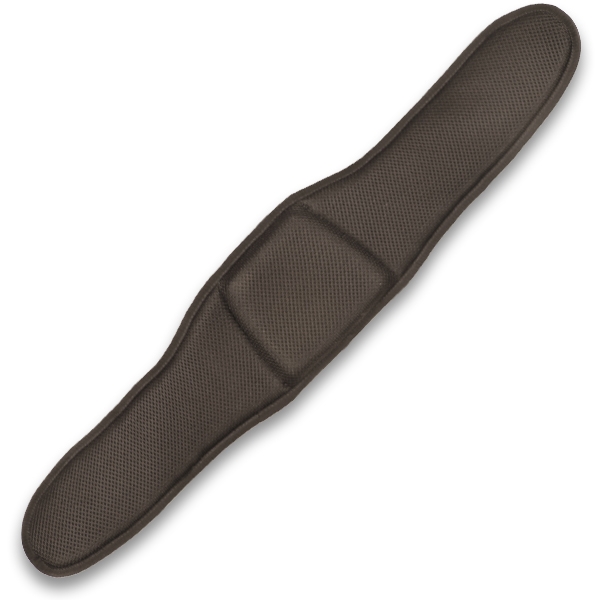 As the snowline creeps back to the peaks of the mountains, the stone huggers slowly creep back into the thinner air of the alpine. The Alpine Bouldering Season is coming. Are you looking to graduate to become an Alpine ? Looking to session at Emerald Lake? Before you head in to the high country, let’s have a bit of refresher course, or Intro to Alpine 101, before you graduate to the long, tiresome days of bouldering in the Alpine wilderness.
As the snowline creeps back to the peaks of the mountains, the stone huggers slowly creep back into the thinner air of the alpine. The Alpine Bouldering Season is coming. Are you looking to graduate to become an Alpine ? Looking to session at Emerald Lake? Before you head in to the high country, let’s have a bit of refresher course, or Intro to Alpine 101, before you graduate to the long, tiresome days of bouldering in the Alpine wilderness.
The seasons change, and some of us have look up to the higher elevations for cooler temps and higher friction. As the friction gets harder to find, the hikes get longer and the dedication grows stronger. The areas differ in experience from short, but costly, approaches off the Palm Springs Tramway to the dedicated days needed to project some areas of Rocky Mountain National Park. Nonetheless, climbing in all high elevation, wilderness areas requires preparation, regardless of how far and how long you’ll be in the wild.
Hydration
Every excursion into the wild should involve plenty of water. It is recommended to allow for 2 cups of water per hour of hiking, and double that for hotter weather, or higher altitudes. Hydration during a session is just as vital, so add those hours into the equation. If you are certain there is a water supply in the area you’ll spend your day, like 100% certain, a water filter may be the best option to reduce hauling weight. Water filters, like the LifeStraw, and Sawyer Micro Squeeze weight just a few ounces, but may be a lifesaver in the alpine.
The Elements
Exposure is the next most important factor to consider while alpine bouldering. Mother Nature can be unpredictable, dangerous, and deadly. Weather can change in an instant. Use the NOAA website and other accurate weather apps to determine the hourly weather predictions for the areas you’ll be traversing. Regardless of the predictions, always pack rain and cold layers in the chance the weather changes. Avoid all cotton clothing, the term Cotton Kills isn’t a misnomer and should be followed at all times in the back-country. Moisture creeps into the fibers from perspiration, precipitation, or accidental dips into a stream, and without a change of clothes, the cotton will stay wet for hours. In temperatures under 60 degrees Fahrenheit, it will lead to hypothermia, far before the sun drops below the ridge line and the temperatures plummet. Be safe and keep the cotton at home. KinetiK currently offers only 50/50 blended cotton and Tri-Blend fabrics, which have superior drying properties.
The best way to avoid a thunderstorm is to have read the weather and cancel plans when the predictions look dangerous. Despite this approach, you still may find yourself miles from vehicle, when the skies open up their wrath. It is best to be prepared. First, you should take time to research lightning precautions and recommendation for the high country. In a nutshell, never shelter underneath a tall tree. It is best to squat on a dry jacket or bouldering pad to reduce contact with the ground. If possible, head towards the safety of your vehicle. Read through a quick climber-oriented guide in Climbing Magazine. There are lots of recommendations, but in the end, the ONLY safe place is sheltered in a car or a grounded building.
Del Sol
Even during the Blue Bird days of summer, Mother Nature can still take her toll. The UV exposure increases 6-10 percent for every 1000 feet above sea level. Denver and Boulder have increased UV exposure of around 25% compared to sea level, and Rocky Mountain National Park, at around 9000 feet, brings in 42% more UV radiation over sea level. Daily UV forecasts can vary, so consult these as well, with some exposure levels making outdoor activity unsafe. In all conditions, physical protection such as a sun hat, sun-protective clothing, and sunglasses are fundamental. Also, seek shade when you’re able. Lastly, always carry and frequently apply sunscreen and SPF rated lip balm.
Before you Go
Gear is packed, weather is checked, and food and water are handled. Next, you’ll need to be prepared for what you’re heading to do. Research your approach, understand your abilities and limitations, and have a decent guide so you don’t get lost. Last, before heading out to a remote or “out of service” area, make sure to tell someone your plans. Where you will be and when you’ll be back are both important. Make sure someone knows to come looking for you. You never plan to end up “127 Houring” up in a canyon. Nonetheless, it happens, and a note on your desk, or a text to a friend, could make rescue come much faster. With a group, or on a solo expedition, be sure to be prepared with both knowledge and equipment.
The Approach
Some alpine bouldering approaches entail hours of uphill slogging. A couple pads and just the essentials could add up to a 35 pound or more pack weight really quickly. Even short hikes can be strenuous with heavy loads, so be prepared. Being fit enough for long hikes at elevation with heavy packs requires training and dedication. Being mentally tough enough to hike for hours to project your FA is a whole different level of dedication.
Stoke breakdown destroys FA attempts. Like a small pebble in a shoe, an uncomfortable carry system slowly breaks down the stoke level on any approach. The backpack first concept of our standard and alpine carry systems connects the pad with your approach. Utilizing load lifters, contoured straps, and a thick waist belt, even the standard system is beyond most offerings on bouldering pads today. Comfort can make or break a good day, and using the KinetiK Alpine Waist Belt and Alpine Shoulder Straps, can move that comfort level a couple notches in your favor. The approach is a part of the experience, to make it better, makes the whole day better.
Stewardship
You’ve made the approach. You’re well hydrated, energized, and ready to crush. Don’t let the excitement of climbing distract from where you are, and how fragile these place are. Take care to stay on trails, respect the flora and fauna, climb with a low impact, and pack out everything you bring into the wilderness, feces included. Always bring a trash container to pack trash out, even if it isn’t your trash. Also, always bring a Wag Bag or another waste bag, just in case it has to happen.
Packing everything up to Upper Chaos, or Holy Cross Wilderness, isn’t easy. Once you get pads up to the destination, it can be tempting to stash them in a cave for next weekend. Stop yourself. If you’re not up to hauling gear in and out, head to a closer, busier boulder. Every stashed pad is considered litter, wildlife considers them food, and the rangers will consider them a nuisance with access revocation as the only solution. Respect where you’re at, and leave it the way you found it.
If you don’t want to pack everything out, just haul up your camping gear and stay a while. Get permits as needed, but spend a few days up in the Alpine. Your project and your soul will thank you when you get back with the send footage and a soul full of happiness.
Graduation
Congratulations, you’ve made it to another level of bouldering. Experiencing these areas is a gift. Climbing in these areas is a blessing. Take the time to project, climb, and enjoy the bouldering. Fight for your FA, push your abilities, and crush those rocks. Also, take the time to enjoy the wildflowers, the lichen and moss, and everything that makes the high alpine areas a treasure. In the end, be safe, be respectful, and be grateful. Alpine bouldering is a huge amount of effort, but the dividends are enormous.









